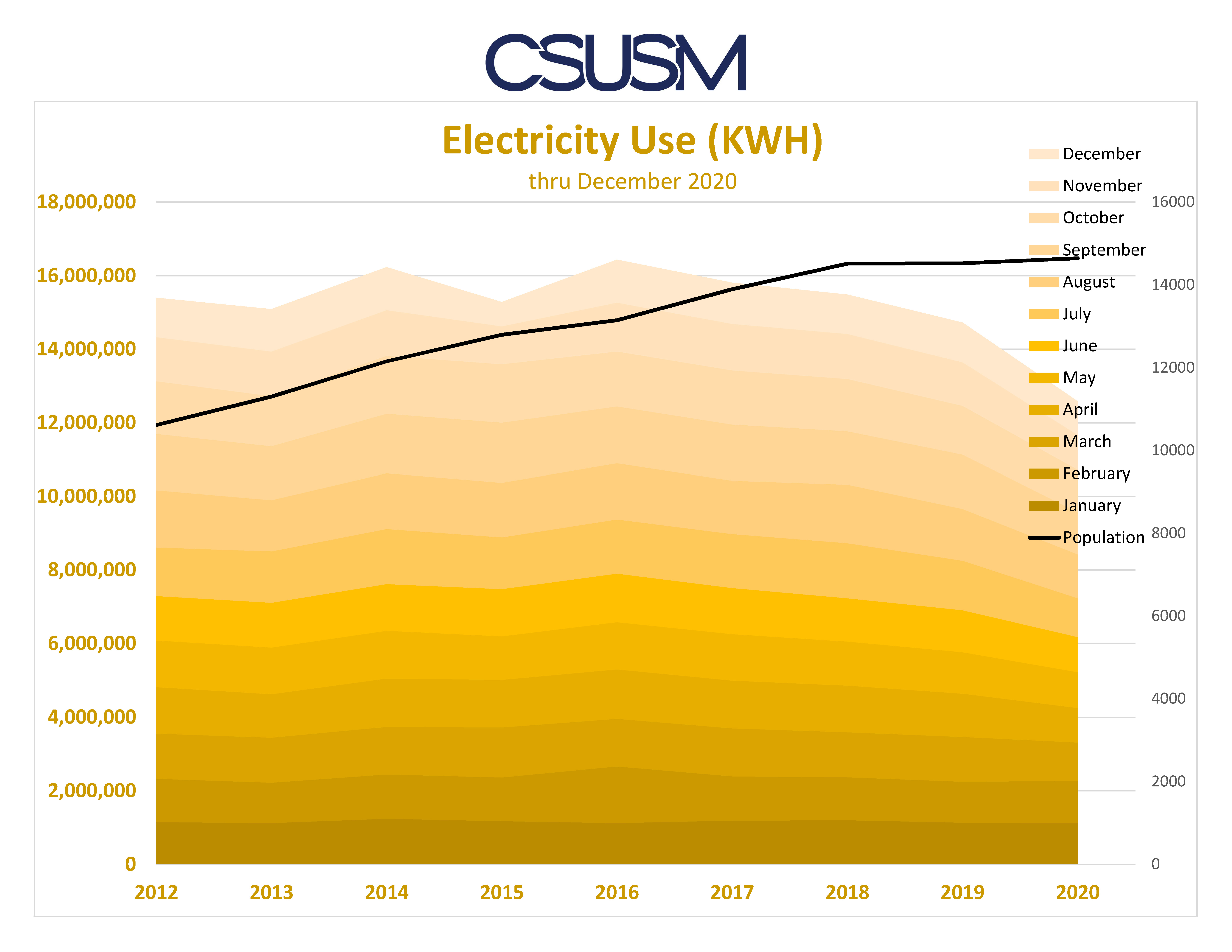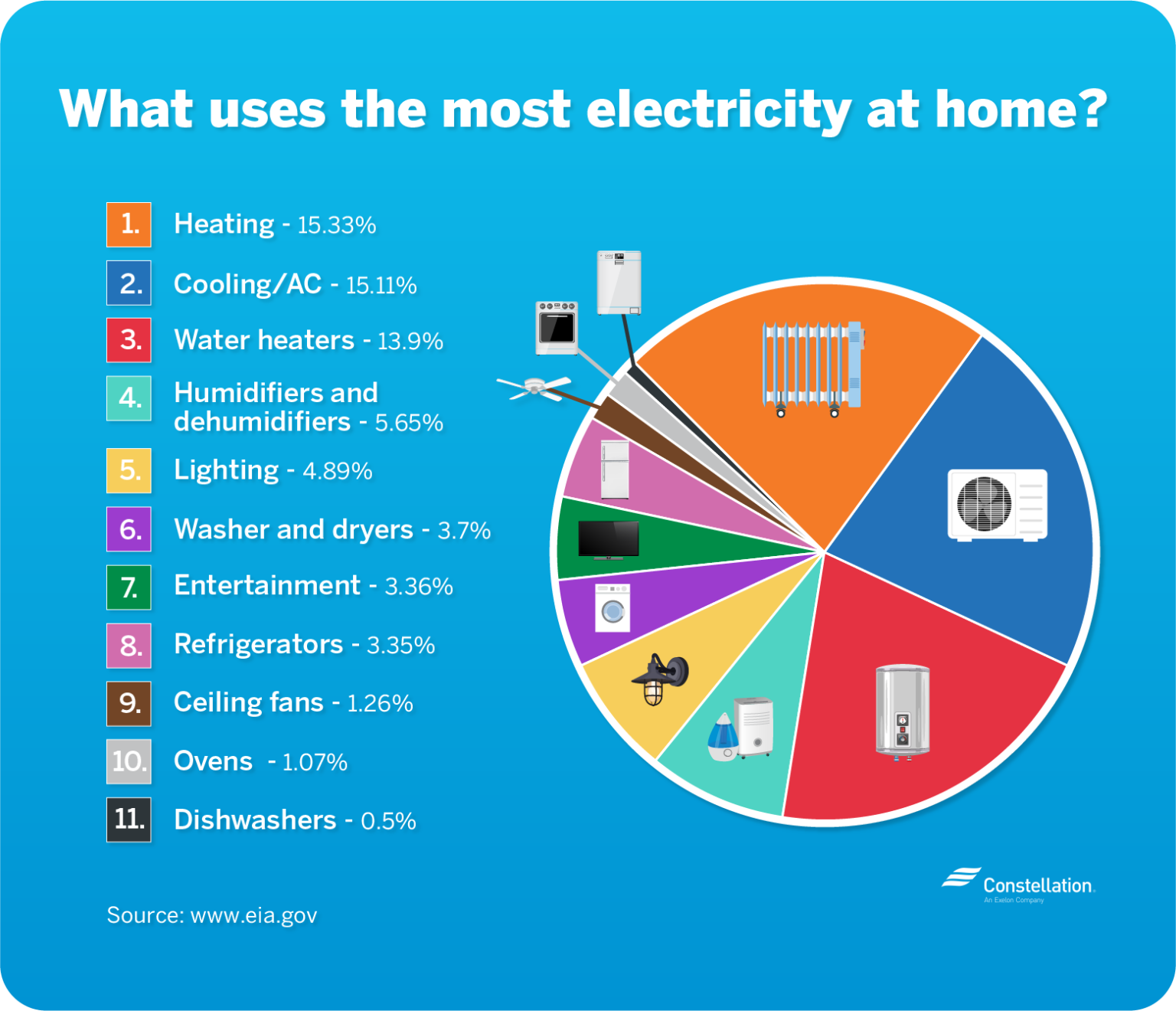Factors Influencing Average KWh Consumption

The average KWh consumption of a 1-bedroom apartment can vary significantly depending on several factors. These factors can be categorized into external influences like climate and internal factors like appliance usage and building efficiency. Understanding these factors can help you make informed decisions about your energy consumption and potentially reduce your energy bills.
Climate and Weather Conditions
Climate and weather conditions play a crucial role in energy consumption, particularly for heating and cooling. In colder climates, heating systems consume more energy to maintain a comfortable indoor temperature. Conversely, in warmer climates, air conditioning units are heavily used, increasing energy consumption. For example, a 1-bedroom apartment in a city with an average temperature of 25°C during the summer might require significantly more energy for cooling compared to a similar apartment in a city with an average temperature of 15°C.
Appliance Usage
Appliance usage is another significant factor influencing KWh consumption. The type, size, and frequency of use of appliances can significantly impact your energy bill.
The average KWh consumption of a 1-bedroom apartment can be significantly impacted by the type and frequency of appliance usage.
Appliance Energy Consumption
- Heating and Cooling: Heating and cooling systems, including furnaces, air conditioners, and heat pumps, are often the largest energy consumers in a home. The size and efficiency of these systems, along with the temperature settings, significantly impact energy usage.
- Electronics: Electronics such as televisions, computers, and smartphones also consume energy, though usually in smaller amounts compared to heating and cooling systems. However, the cumulative energy consumption of multiple electronics can be significant.
- Water Heating: Water heaters consume energy to heat water for showers, dishwashing, and other household needs. The size and efficiency of the water heater, as well as the frequency of hot water usage, can affect energy consumption.
- Cooking: Cooking appliances like ovens, stoves, and microwaves consume energy during operation. The type of cooking appliance and the frequency of use can impact energy consumption.
- Laundry: Washing machines and dryers are significant energy consumers, especially when used frequently. The efficiency of these appliances and the frequency of laundry usage can impact energy consumption.
Insulation and Window Efficiency
Insulation and window efficiency are crucial for minimizing energy loss and reducing energy consumption. Proper insulation helps prevent heat loss during winter and heat gain during summer, reducing the workload on heating and cooling systems. Similarly, energy-efficient windows with double or triple glazing can significantly reduce heat loss and gain, minimizing the need for heating and cooling.
Lighting
Different types of lighting have varying energy consumption levels. Incandescent bulbs are the least energy-efficient, followed by fluorescent bulbs. LED bulbs are the most energy-efficient, consuming significantly less energy while providing comparable brightness.
LED bulbs are the most energy-efficient, consuming significantly less energy while providing comparable brightness.
Average KWh Consumption of Common Appliances
| Appliance | Average KWh Consumption per Day | Refrigerator | 1-2 | Dishwasher | 0.5-1 | Washing Machine | 0.5-1 | Dryer | 2-3 | Oven | 1-2 | Microwave | 0.5 | Television | 0.5 | Computer | 0.25 | Water Heater | 2-4 | Air Conditioner | 4-6 | Furnace | 4-6 |
|---|
Typical Daily Energy Usage Breakdown: Average Kwh Per Day 1 Bedroom Apartment

A typical 1-bedroom apartment in the United States consumes around 500-1000 kWh per month. This translates to an average daily consumption of 16.7 to 33.3 kWh. However, this is just an average, and actual consumption can vary significantly depending on factors such as occupancy levels, appliance usage, and climate conditions.
Average Daily Energy Consumption Breakdown
The following table provides a breakdown of the average kWh consumption for different appliance categories in a 1-bedroom apartment:
| Appliance Category | Average kWh Usage | Percentage of Total Daily Consumption | Heating and Cooling | 10-20 kWh | 30-60% | Lighting | 2-4 kWh | 6-12% | Appliances | 4-8 kWh | 12-24% | Electronics | 2-4 kWh | 6-12% | Water Heating | 2-4 kWh | 6-12% | Other | 1-2 kWh | 3-6% |
|---|
Note: These are just averages, and actual consumption can vary depending on factors such as the size of the apartment, the efficiency of appliances, and individual usage habits.
Typical Daily Energy Usage Patterns
Here are some examples of typical daily energy usage patterns for different activities:
* Cooking: A typical electric stove uses around 1.5 kWh per hour, while a microwave oven uses around 0.5 kWh per hour. A 30-minute cooking session could use 0.75 kWh for an electric stove or 0.25 kWh for a microwave oven.
* Showering: A typical electric shower uses around 3.5 kWh per hour. A 10-minute shower could use 0.6 kWh.
* Working from home: A laptop computer uses around 0.1 kWh per hour. An 8-hour workday could use 0.8 kWh.
* Watching TV: A typical LCD TV uses around 0.1 kWh per hour. A 3-hour TV watching session could use 0.3 kWh.
Factors Influencing Energy Consumption Variation, Average kwh per day 1 bedroom apartment
* Occupancy Levels: A 1-bedroom apartment with a single occupant will generally consume less energy than an apartment with two or more occupants.
* Individual Habits: Factors such as the length of showers, the frequency of cooking, and the use of electronics can significantly impact energy consumption.
* Climate Conditions: Heating and cooling systems are major energy consumers, and their usage will vary depending on the climate.
For example, a 1-bedroom apartment in a hot climate might consume significantly more energy for cooling than an apartment in a temperate climate.
Energy-Saving Tips for a 1-Bedroom Apartment

Reducing energy consumption in a 1-bedroom apartment is not only beneficial for the environment but also for your wallet. By implementing simple and practical energy-saving measures, you can significantly lower your electricity bill and contribute to a more sustainable lifestyle.
Energy-Efficient Appliances
Investing in energy-efficient appliances can significantly reduce your energy consumption. Energy-efficient appliances are labeled with the Energy Star rating, which indicates that they meet certain standards for energy efficiency.
- Refrigerator: Opt for a refrigerator with an Energy Star rating and ensure that the seals are intact to prevent energy loss.
- Washing Machine and Dryer: Use cold water for washing and air dry clothes whenever possible. Modern dryers with sensor technology can automatically shut off when clothes are dry, reducing energy waste.
- Dishwasher: Run the dishwasher only when it’s full, and choose energy-efficient models with water-saving features.
Optimizing Thermostat Settings
Adjusting your thermostat settings can have a significant impact on your energy bill.
- Lowering the Thermostat in Winter: Set the thermostat to 68°F (20°C) during the day and lower it to 60°F (15°C) at night or when you’re away.
- Raising the Thermostat in Summer: Use a programmable thermostat to raise the temperature to 78°F (26°C) when you’re away or sleeping.
- Using Ceiling Fans: Ceiling fans can help circulate air and create a cooling effect, reducing the need to rely heavily on air conditioning.
Harnessing Natural Light and Ventilation
Maximize the use of natural light and ventilation to minimize reliance on artificial lighting and cooling.
- Open Windows and Curtains: Allow natural light to illuminate your apartment during the day, and open windows for ventilation when weather permits.
- Install Light-Reflecting Surfaces: Use mirrors or light-colored walls to reflect natural light and brighten up darker areas.
- Utilize Smart Blinds: Smart blinds can automatically adjust to optimize natural light and ventilation, reducing the need for artificial lighting and cooling.
Smart Home Technology
Smart home technology can automate energy-saving measures, making it easier to reduce your energy consumption.
- Smart Plugs: Use smart plugs to track and control the energy usage of appliances and electronics.
- Smart Lighting: Install smart bulbs that automatically turn off when a room is empty or adjust the brightness based on ambient light levels.
- Smart Thermostats: Programmable thermostats can learn your heating and cooling preferences and automatically adjust the temperature to optimize energy efficiency.
Sustainable Energy Practices
Adopting sustainable energy practices can significantly reduce your carbon footprint and lower your energy bills.
- Solar Panels: Installing solar panels on your apartment building or rooftop can generate clean energy and reduce your reliance on the grid.
- Energy-Efficient Windows: Energy-efficient windows with double- or triple-pane glass can help insulate your apartment, reducing heat loss in winter and heat gain in summer.
- Energy Audits: Consider scheduling an energy audit to identify areas where you can improve energy efficiency and receive personalized recommendations for reducing your energy consumption.
Average kwh per day 1 bedroom apartment – Yo, so like, figuring out your average KWH per day for a 1-bedroom apartment is kinda like planning a trip to Disney World. You gotta know how much power you’re gonna use, right? But instead of rides and snacks, think about the AC and your sweet gaming setup.
Speaking of awesome trips, have you checked out those 1 bedroom animal kingdom villas ? They’re like a safari adventure, but way more chill. Anyway, back to your KWH, you can use an online calculator to get a good idea of what you’ll be paying each month.
Yo, figuring out your average KWH per day for a 1-bedroom apartment can be a total drag, especially if you’re trying to save some dough. But hey, if you’re looking for a sweet pad in Beaverton, you gotta check out 1 bedroom beaverton apartments.
Once you find the perfect place, you can start tracking your energy usage and see if you can get those KWH numbers down.
